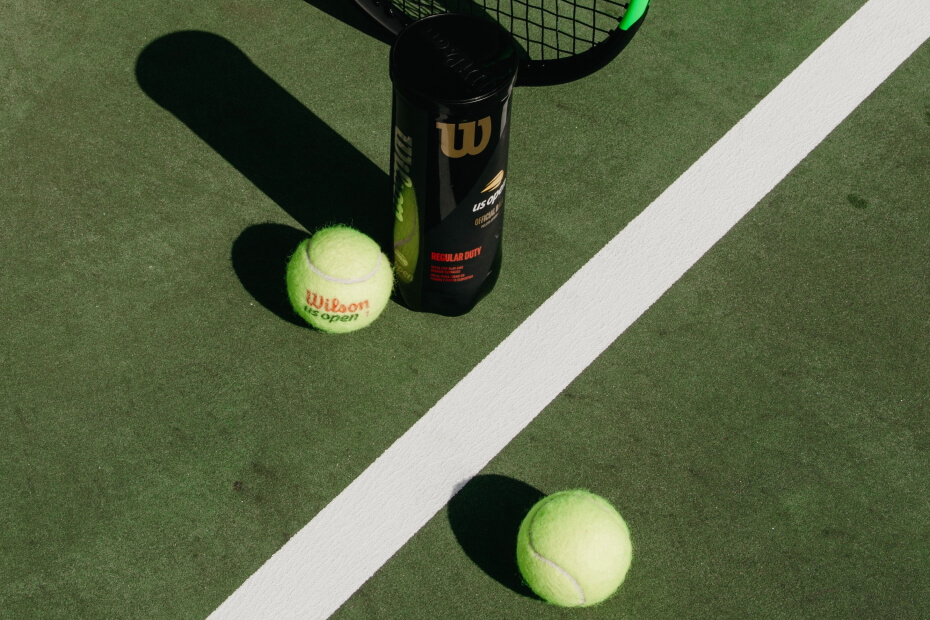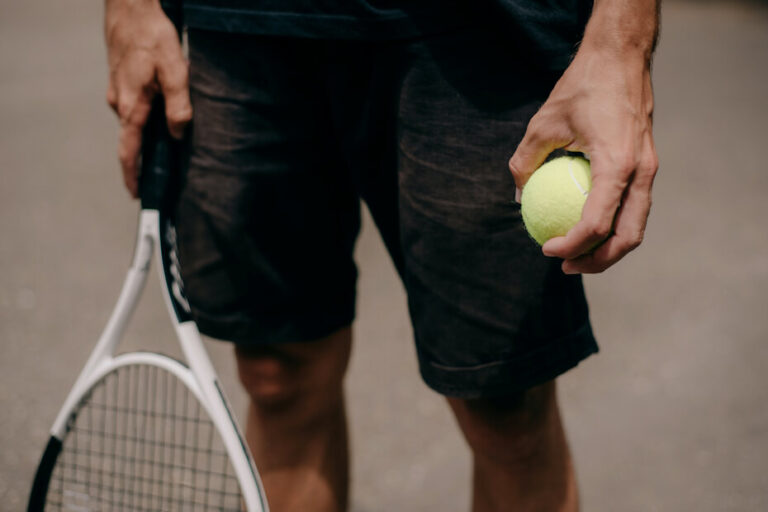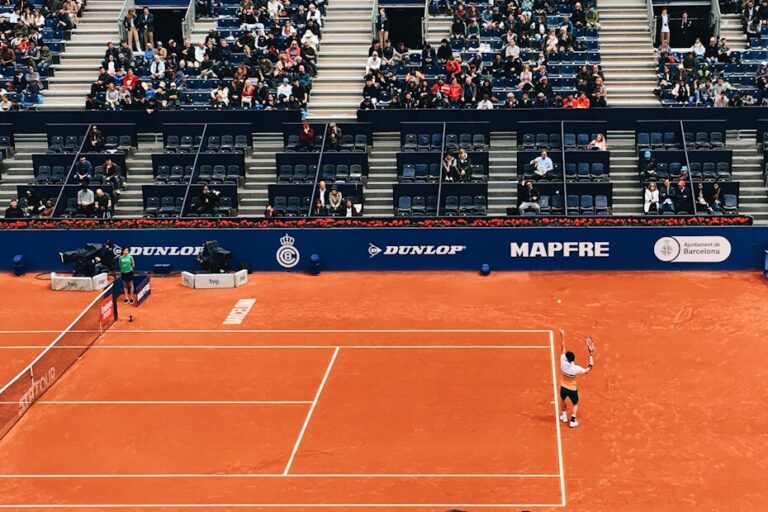Ever wondered about some of life’s many mysteries? Whatever happened to Ne-Yo? How do certain politicians still manage to get votes, and why do tennis balls come in a pressurized can?
Tennis is one of the most enjoyable sports you could ever wish to take part in. It’s physically demanding, it works on hand-eye coordination, it’s a great form of cardio, and it’s a whole lot of fun. In order to get the most out of tennis, however, you need to have the right equipment, and that includes the right balls.
Tennis balls are instantly recognizable thanks to their bright yellowish-green color and fuzzy exterior, but have you ever wondered why they come in a can and why that can is pressurized? If so, then wonder no more because all will soon become clear.
Here’s a look at why tennis balls come in pressurized cans.
Why Do Tennis Balls Come in a Sealed Can?
As a tennis player, there’s no more satisfying sound than that of popping open a brand-new, sealed can of tennis balls before you begin a match.
Now, when we think of canned goods, we generally think of food and drink, not tennis balls. You can’t eat tennis balls, or we certainly wouldn’t recommend them unless you want a trip to the Emergency Room. So, while canned goods need to be pressurized to help keep them fresh, why do tennis balls need the same treatment?
Tennis balls are filled with gas and are packed securely in airtight cans in order to maintain the correct amounts of pressure inside the balls and to ensure that they bounce correctly and as they should.
New tennis balls have an internal pressure of around 14psi. In order to keep the tennis balls in the best condition possible for use on a tennis court, the pressure within the can they come in has to match. This will ensure that the ball has the same shelf life as the day it was manufactured to the day that it is first released from the can.
Once the can is open, the balls begin to lose pressure due to the differences in air pressure. The air pressure within the ball is now higher than the air pressure in the outside world. Keeping the balls inside the can helps prevent the gas inside the balls from escaping. This, in turn, ensures that the balls will have just the right amount of bounce needed when they’re used on a tennis court for the first time.
Yeah, science!
When is the Best Time to Open a Can of Tennis Balls?
If you’ve ever watched a tennis match take place, you may have noticed how the can of tennis balls is always the last piece of equipment that is prepared for a match. Everything else is ready well in advance, yet the balls are opened just before the warmup begins. But why?
We know that the internal pressure of a tennis ball matches that of the pressure inside a sealed can. The second that pressure is released from the can, though, the ball begins to lose pressure too. The internal pressure within the ball pushes small amounts of air out of it, not to mention the fact that every time it is bounced or hit by a racket, tiny amounts of air will also be released.
Tennis balls need to bounce, roll, spin, and travel in a specific way during a game of tennis, and as tennis balls lose their internal air pressure, their performance begins to decline. Now the ball won’t bounce as high, will feel flat, may bounce erratically, and will not travel as fast. As a tennis player, these are the last things you want to happen.
Therefore, the best time to open a new can of tennis balls is right before a match is due to begin.
How Long Will Tennis Balls Last Once a Can Has Been Opened?
So, as tennis balls will begin to deteriorate as soon as they have been opened, you may wonder how long they will last before they can’t be used any longer.
Tennis balls can only be used for a while. They are recommended for use up to 9 games. After that, they will likely have lost too much pressure, and players will notice that the ball feels flatter and doesn’t bounce as well as it used to. When this happens, it means that the ball’s internal pressure is now equal to the air pressure outside.
Once a new can of tennis balls has been opened, they will maintain the correct bounce for around 2 weeks for average tennis players.
Professional tennis tournaments, however, have much stricter rules and will therefore change tennis balls every 9 games during tennis matches to ensure that the balls maintain the correct bounce for the duration of the game.
In terms of hours, studies have found that a tennis ball can maintain its peak levels of bounce for around 3 hours of match play.
Does this mean that you should discard tennis balls after a couple of weeks, even if you’ve played very little tennis during that time? Absolutely not. With the cost of living increasing, and everything going up in price, discarding tennis balls in this manner would be an extreme waste of money.
Unless you’re a professional tennis player taking part in a Grand Slam tournament, older tennis balls can still be used for friendly matches. Just be aware that they might not bounce as high as a new ball or travel as fast, but they can still be used.
How to Make Your Tennis Balls Last Longer?
Needless to say, opening a new can of tennis balls just for a quick 10-minute game of tennis is not ideal if you won’t be playing for several weeks, or even months, later.
While you can’t stop the balls from losing pressure, there are things you can do to make your tennis balls last longer. These include:
- Keep them dry
- Store them out of direct sunlight
- Store them in an airtight container in a refrigerator
- Use training balls if you don’t plan on playing much tennis
- Don’t use them on uneven surfaces
- Warm them up slightly before using them







